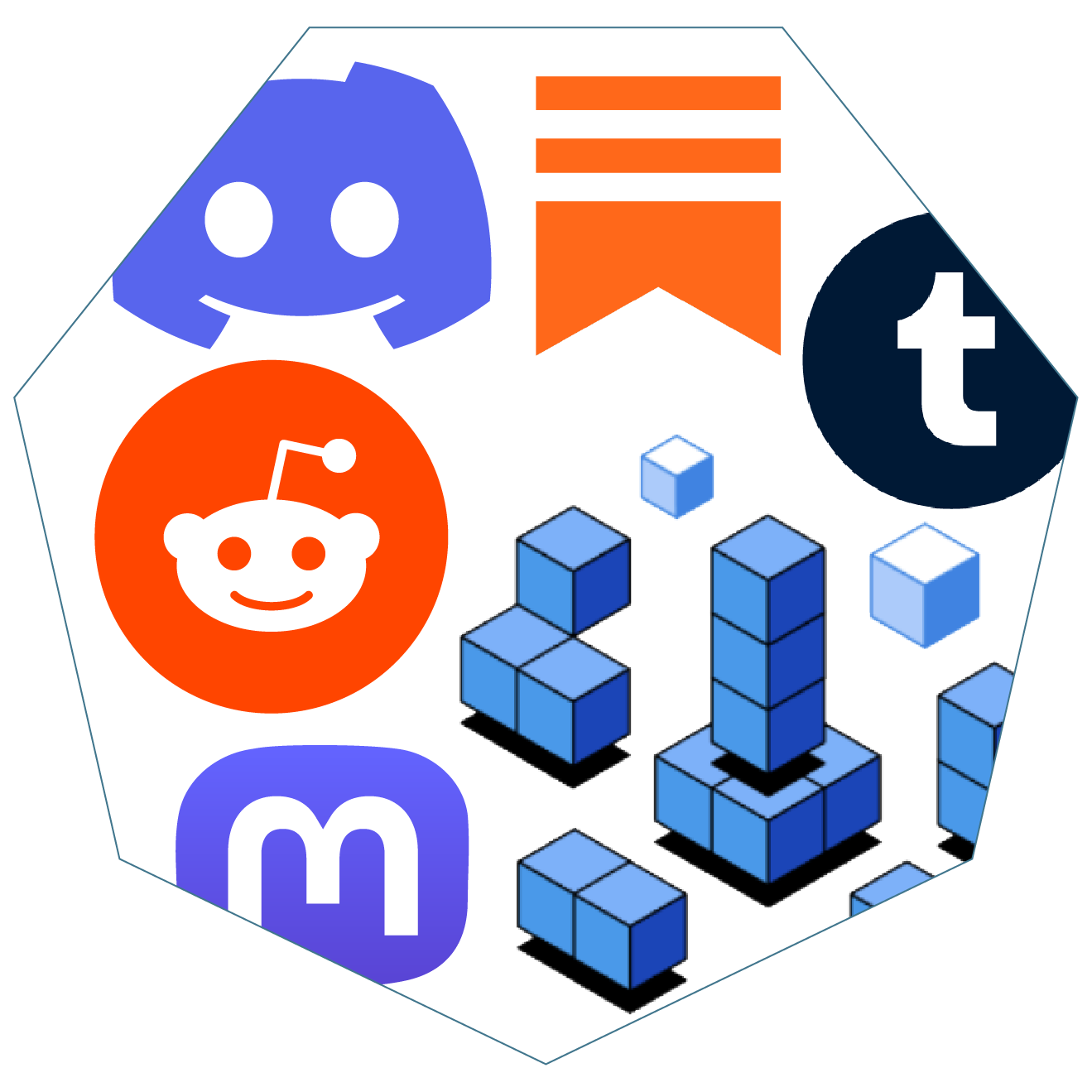De-Mystifying Inbound Marketing: What Do All These Letters Mean?
Matt Brady#Digital Marketing, #Inbound Marketing

Inbound Marketing terms and abbreviations can be confusing. These definitions will help you understand what marketers are talking about.
Have you ever tried to read an article about a subject you were interested in, but couldn’t make heads or tails of it because it was full of abbreviations and terms that you didn’t understand? That’s a pretty common problem, especially in this age of information overload. No matter what subject is being discussed, people who talk about it on a daily basis tend to use shorthand, which can make these discussions insular and hard for somebody who is new to the subject to understand. The world of inbound marketing is no exception; have you ever heard people use terms like TOFU, CTA, PPC, or CLM and wondered what on earth they were talking about? Well, hopefully we can clear things up for you a bit with this list of definitions:
MAP: Marketing Automation Platform
A Marketing Automation Platform like Hubspot or Marketo allows you to use the analytics you gather about your site’s visitors and integrate that data with your sales tools. An MAP will allow you to automate marketing communication, handle lead scoring, and learn what your users find important about your website.
CLM: Closed-Loop Marketing
Closed-Loop Marketing uses the data from your MAP to track a site visitor through the entire sales process, allowing you to see when and how they arrived on your website, what actions they took, and when they converted to a lead and became a customer. Following your customers’ activities throughout this entire cycle allows you to see what is and isn’t working in your sales process and update your strategies to maximize your conversion rates.
PPC: Pay-Per-Click
One way to drive traffic to your site is to purchase advertising that causes your site to display when people use Google or other search engines to search for a term relevant to your business. Since advertisers are charged for each person who clicks on the ad, it is called Pay-Per-Click advertising. While this is a great way to get site visitors, it isn’t necessarily the best marketing strategy, so you’ll want to be sure you are considering PPC as one part of your entire online strategy, rather than as a be-all, end-all method of driving sales.
SEO: Search Engine Optimization
Search Engine Optimization is another way to drive traffic to your site by making sure your site ranks highly when potential leads are searching for information related to the products or services you offer. There are many strategies for getting the best possible rankings, but it’s best to create the kind of content that people will want to read and share, providing potential leads with the information they need to determine whether you can help them solve their problems.
TOFU: Top of the Funnel
Inbound Marketers often refer to a sales “funnel” to describe the process of attracting visitors, qualifying them, and eventually converting them to sales. The top of the funnel refers to all visitors that find their way to your site, before they have been filtered into people who potentially want to do business with you.
CTA: Call-to-Action
A Call-to-Action is a banner or button that directs site visitors toward content on your site that they might be interested in. You can use CTAs to point potential leads toward the information that they want, and by linking them to a landing page where they can fill out a form to download the content they are looking for, you can convert the visitors into leads.
MOFU: Middle of the Funnel
Visitors at the middle of the funnel have converted to leads by providing contact information, usually by filling out a form in order to download an offer. These visitors are interested in your products or services, but you still need to find out more information about them in order to move them further down the funnel.
MQL: Marketing Qualified Lead
As leads move down the sales funnel, you will want to determine whether they are qualified to purchase your products or activities. Marketing Qualified Leads may have shown some interest by downloading an ebook or attending a webinar, but that are not yet ready to be passed on to the sales team. Paying attention to where a lead is in the Buyer’s Journey will allow marketers to make sure they and the sales team are focusing their efforts in a way that is most likely to drive sales.
SQL: Sales Qualified Lead
Once the Marketing team has determined that a lead is ready to make a decision (that is, they’ve reached the Decision Stage of the Buyer’s Journey), they can pass those leads to the sales team. These leads are called Sales Qualified Leads, indicating that they are now ready to make a decision about whether they want to do business with you.
BOFU: Bottom of the Funnel
At the bottom of the funnel, the leads are nearly ready to buy, so the sales team can treat them as an Opportunity rather than a lead and complete the sale.
As you can see, the inbound marketing process can be complex, but understanding the way people talk about it can be a big step toward determining the best way to make it work for you. Do you have any questions about other terms you’ve heard? Do you want more information about how you can implement inbound marketing on your site? Please contact us, or leave a comment below.
Related Posts

Is Threads the Next Twitter?
As Threads gains more market share, will it overtake Twitter?

Alternatives to Twitter
We have identified some potential alternatives to Twitter that we believe are useful for marketers to spread their message and brand.
Results Matter.
We design creative digital solutions that grow your business, strengthen your brand and engage your audience. Our team blends creativity with insights, analytics and technology to deliver beauty, function, accessibility and most of all, ROI. Do you have a project you want to discuss?
Like what you read?
Subscribe to our blog "Diagram Views" for the latest trends in web design, inbound marketing and mobile strategy.
